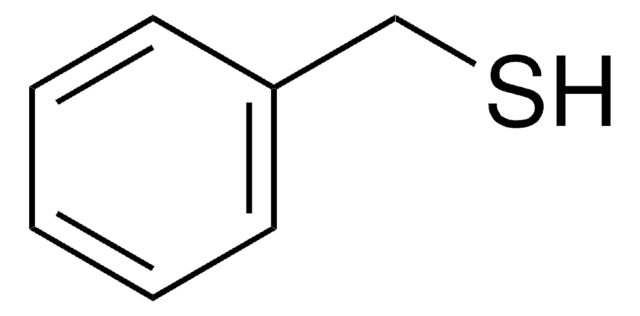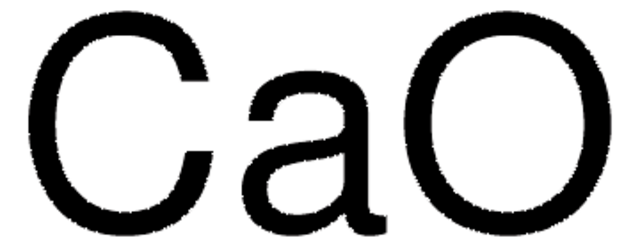645613
Natriumoxid
80%
Synonym(e):
Dinatriummonoxid, Dinatriumoxid
About This Item
Empfohlene Produkte
Qualitätsniveau
Assay
80%
Form
solid
Eignung der Reaktion
core: sodium
reagent type: catalyst
Verunreinigungen
~20% Na2O2
Dichte
2.27 g/mL at 25 °C (lit.)
SMILES String
[O--].[Na+].[Na+]
InChI
1S/2Na.O/q2*+1;-2
InChIKey
KKCBUQHMOMHUOY-UHFFFAOYSA-N
Suchen Sie nach ähnlichen Produkten? Aufrufen Leitfaden zum Produktvergleich
Verwandte Kategorien
Allgemeine Beschreibung
Anwendung
Signalwort
Danger
H-Sätze
Gefahreneinstufungen
Eye Dam. 1 - Ox. Sol. 1 - Skin Corr. 1A
Lagerklassenschlüssel
5.1A - Strongly oxidizing hazardous materials
WGK
WGK 1
Flammpunkt (°F)
Not applicable
Flammpunkt (°C)
Not applicable
Persönliche Schutzausrüstung
Eyeshields, Faceshields, Gloves, type P3 (EN 143) respirator cartridges
Hier finden Sie alle aktuellen Versionen:
Besitzen Sie dieses Produkt bereits?
In der Dokumentenbibliothek finden Sie die Dokumentation zu den Produkten, die Sie kürzlich erworben haben.
Kunden haben sich ebenfalls angesehen
Unser Team von Wissenschaftlern verfügt über Erfahrung in allen Forschungsbereichen einschließlich Life Science, Materialwissenschaften, chemischer Synthese, Chromatographie, Analytik und vielen mehr..
Setzen Sie sich mit dem technischen Dienst in Verbindung.











